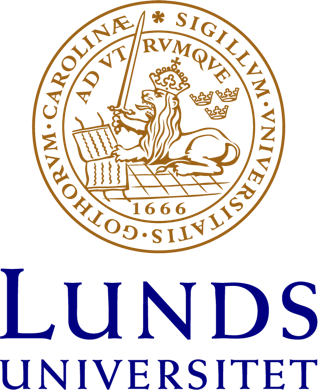2014-11-06
Spatial Semiotics and Spatial Mental Models: Figure-Ground Asymmetries in Language and Visual Perception
Martin Thiering
Humans move in space on a daily basis and as a daily practice, they consciously talk about space, and unconsciously use spatial metaphors. Language plays a crucial role in the instantiation of immediate and mediate spatial relations. Humans mark different aspects of spatial scenes, they mentally rotate relationships and they include a variety of aspects based on their knowledge systems, for instance, encyclopedic knowledge. Therefore it is fair to state that spatial language and spatial cognition is a perpetual companion for human life.The point of departure is to investigate more fully the subject of spatial mental models or image schemas based on linguistic cues, and spatial practices (Hutchins 1996; Thiering 2014). Mental models are cognitive knowledge structures based on perceptual and phenomenological experience. These models map spatial structures onto conceptual structures (Oakley 2007: 215). These structures are based on cognitive fundamentals of mental triangulation and gestalt principles, such as figure-ground asymmetries. According to gestalt theory, certain gestalt principles apply, including proximity, similarity, good continuation, closure, convexity, exhaustiveness, symmetry, concision (German Prägnanz) and past experiences (Pinna 2010). Cognitive contours construe visual anchor points of the respective gestalt (Kanizsa 1979; Marr 1982).
Besides this, Pinna argues that figure-ground relations are specifically determined by surroundedness, size, orientation, contrast, symmetry, convexity and parallelism (and I add scope, scale and the various stage construals as seen in the choice of frames of reference; Thiering 2011). Gestalt theory holds that humans constantly construe visually based relationships between a smaller, moveable object related to a larger, often not moving object. The crucial aspect is the ability to notice the different characteristics of a spatial situation or of a speech act, that is, the ability to perceive a gestalt or to see aspects (Aspektsehen, as Wittgenstein calls these constructions). Theories of perceptual constraints on visual perception and cognition arising from gestalt theory and phenomenological approaches mean that the impact of language and hence symbolic function on the construal of a visual scene is now only partially at issue (Ehrenfels 1890; Jastrow 1899; Koffka 1935; Köhler 1920, 1929; Merleau-Ponty 1974, 1976; Müller-Lyer 1889; Pinna 2010; Rubin 1921; Wertheimer 1923, 1925). This paper takes gestalt principles at face value, arguing in favor of a constant interplay between different information cues.
According to Humboldt different languages encode different worldviews. I argue that language as a form of symbolic encoding pattern is based on spatial mental models. As such, languages follow perceptual, experiential and environmental input. Hence, it is not only language acting upon cognition, but also vice versa (Wygotski 1964). Langacker argues that general cognitive abilities shape language and that language structures relate directly to cognitive processing (Langacker 1987: 5; or following Jackendoff, semantic structure is isomorph to conceptual structure; Jackendoff 1983;). I promote the idea that different languages point to different encoding decisions based on cultural-specific spatial mental models (Hutchins 1996). I also argue that cultural knowledge is (re)presented in symbolic practices and thus interwoven with cognitive structures and cognitive semantics in particular.
In a nutshell, my research addresses questions of universality and culture-dependence of spatial thinking in societies codifying spatial knowledge almost exclusively by means of spoken language and joint action. The focus is on Eipomek spoken in the central mountains of the Papua Province (Indonesia) and Dene Chipewyan, spoken in the prairies of Cold Lake, Alberta (Canada). Both cultures present rather different environmental conditions and historically different developments.
